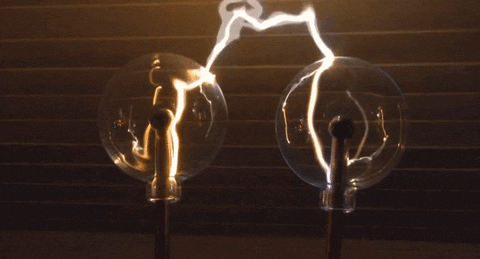Unit 8 Overview Electric Charge and Electric Force
As of 2021, College Board only tests Units 1-7 on the AP Physics 1 exam. This page’s content will not be tested on the exam, but it remains a valuable resource for understanding foundational concepts in electricity and magnetism.

Introduction
Electricity powers our daily lives and is all around us. The fundamentals of electricity rely on understanding electric charge and the interactions between charged objects. While these concepts can be difficult to visualize, they are essential for developing electric circuits (covered in Unit 9) and exploring magnetism (a key topic in AP Physics 2).
Scope of Unit 8
These topics account for ~4-5% of AP Physics exam questions.
Estimated coverage time: 3-5 class periods (45 minutes each).
Applicable Big Ideas
Big Idea #1: Systems
Objects and systems have properties such as mass and charge. Systems may have an internal structure.
Big Idea #3: Force Interactions
The interactions of an object with other objects can be described by forces.
Big Idea #5: Conservation
Changes that occur as a result of interactions are constrained by conservation laws.
Key Concepts 🔑
Charge (q):
Fundamental property of matter.
Positive and negative charges interact to create forces.
Electrostatic Force (Fe):
The force between charged objects, described by Coulomb’s Law.
Conservation of Charge:
Charge cannot be created or destroyed, only transferred.
Proton, Electron, Neutron:
Subatomic particles with distinct charges:
Proton: Positive charge (+).
Electron: Negative charge (-).
Neutron: Neutral (0 charge).
Key Equations for Electric Charge & Electric Force 🗝
Coulomb’s Law:
Where:
: Electrostatic force (N).
: Coulomb’s constant (8.99 × 10⁹ N⋅m²/C²).
: Charges (C).
: Distance between charges (m).
Conservation of Charge Equation:
Total charge in a system remains constant.







